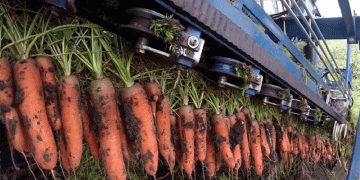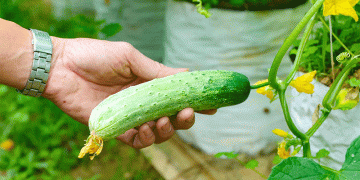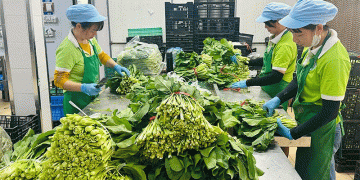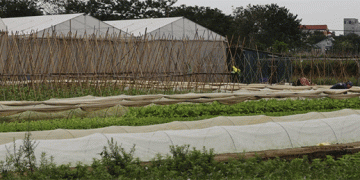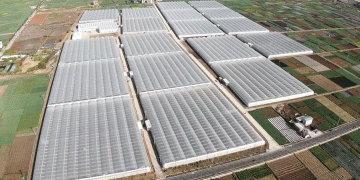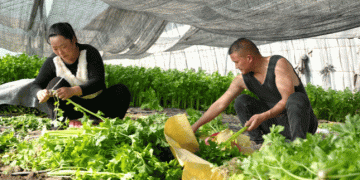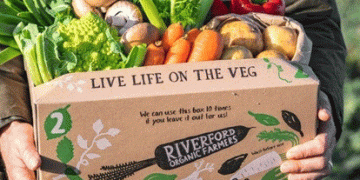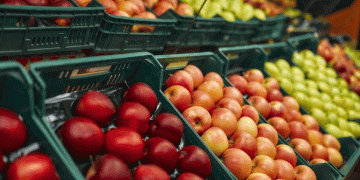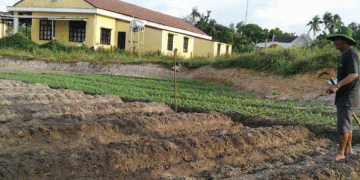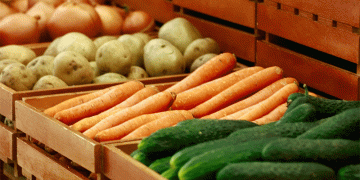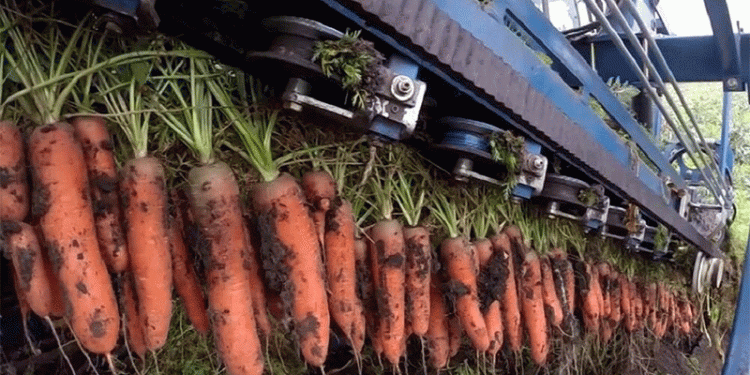In an impressive demonstration of modern agricultural potential, farmers from the village of Tort-Gul in the Chuy Region have set a new regional record for carrot yield. According to the Ministry of Agriculture of the Kyrgyz Republic, the average yield for 2025 reached 73 tonnes per hectare, with peak performance on individual plots achieving an exceptional 91 tonnes per hectare. This figure stands as one of the highest documented yields in recent years, providing a compelling case study for producers worldwide.
The Agronomic Triad Behind the Record
Such a yield does not materialize by chance; it is the direct result of a calculated and integrated approach. Official reports credit three core components for this success:
- High-Quality Genetics: The deliberate selection of high-performance, certified seeds provided the genetic potential for vigorous growth and high root yield.
- Precision Water Management: The implementation of drip irrigation technology was a critical factor. This system delivers water and nutrients directly to the root zone, minimizing waste, reducing evaporation, and preventing the soil compaction and foliar diseases associated with overhead watering.
- Scientific Nutrition: The “rational application of fertilizers” indicates a move away from blanket application towards a tailored nutrition program, likely based on soil analysis, to meet the crop’s specific needs throughout its growth stages.
This technical triad was supported by favorable weather and sufficient water availability, highlighting that while technology is paramount, it works in concert with natural conditions.
The Global Context: Pushing the Yield Ceiling
The 91 t/ha achievement from Tort-Gul is remarkable when viewed against global benchmarks. According to global agronomic data, average commercial carrot yields typically range from 45 to 70 tonnes per hectare in leading production regions. The Tort-Gul result places it at the very top end of this spectrum, demonstrating that the yield ceiling for this high-value crop can be pushed significantly higher with optimal practices.
This aligns with a broader global trend where precision agriculture is revolutionizing root vegetable production. A 2024 report from the Food and Agriculture Organization (FAO) on “The Future of Fruits and Vegetables” emphasizes that water-efficient irrigation and data-driven nutrient management are no longer luxury technologies but essential tools for achieving both high productivity and resource sustainability, especially in the face of climate volatility.
A Blueprint for Future Success
The record yield in Tort-Gul is more than just a local victory; it is a blueprint for profitable and sustainable vegetable farming. It conclusively demonstrates that the strategic integration of quality inputs, precision technology, and expert knowledge can dramatically elevate productivity and profitability.
For farmers and agronomists, the key takeaways are clear:
- Investment in Technology Pays: The upfront cost of drip irrigation is offset by massive gains in yield and water-use efficiency.
- Genetics is the Foundation: Never underestimate the ROI of investing in the highest-quality seeds suited to your local conditions.
- Knowledge is a Critical Input: The collaboration with the Ministry, providing consultations and technical aid, was a vital catalyst, proving that access to expert knowledge is as important as access to finance.
This success story underscores that the future of agriculture lies not in simply farming more land, but in farming existing land more intelligently and intensively.
